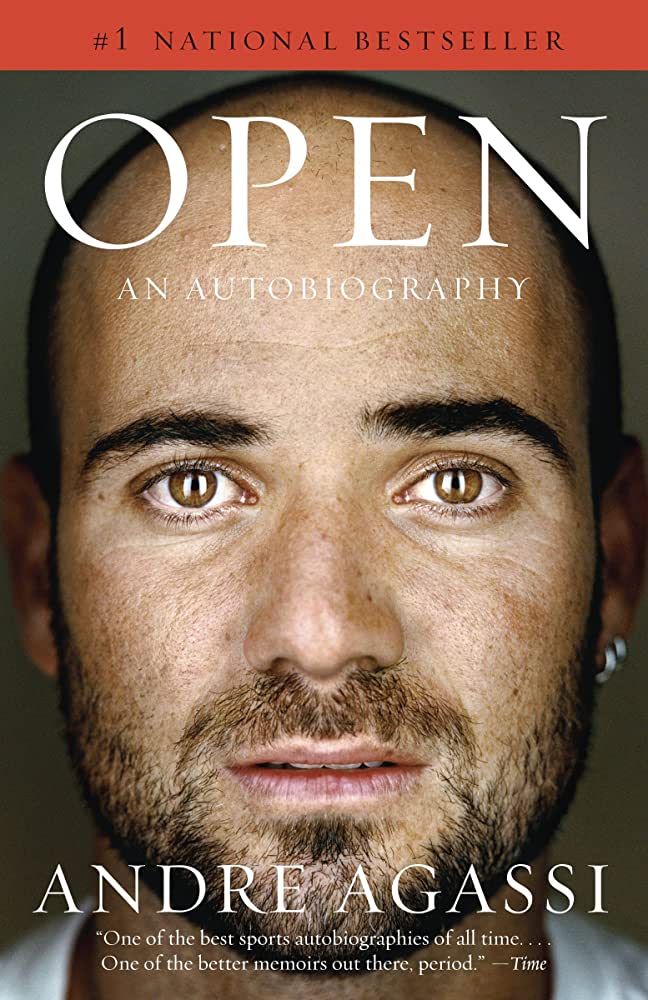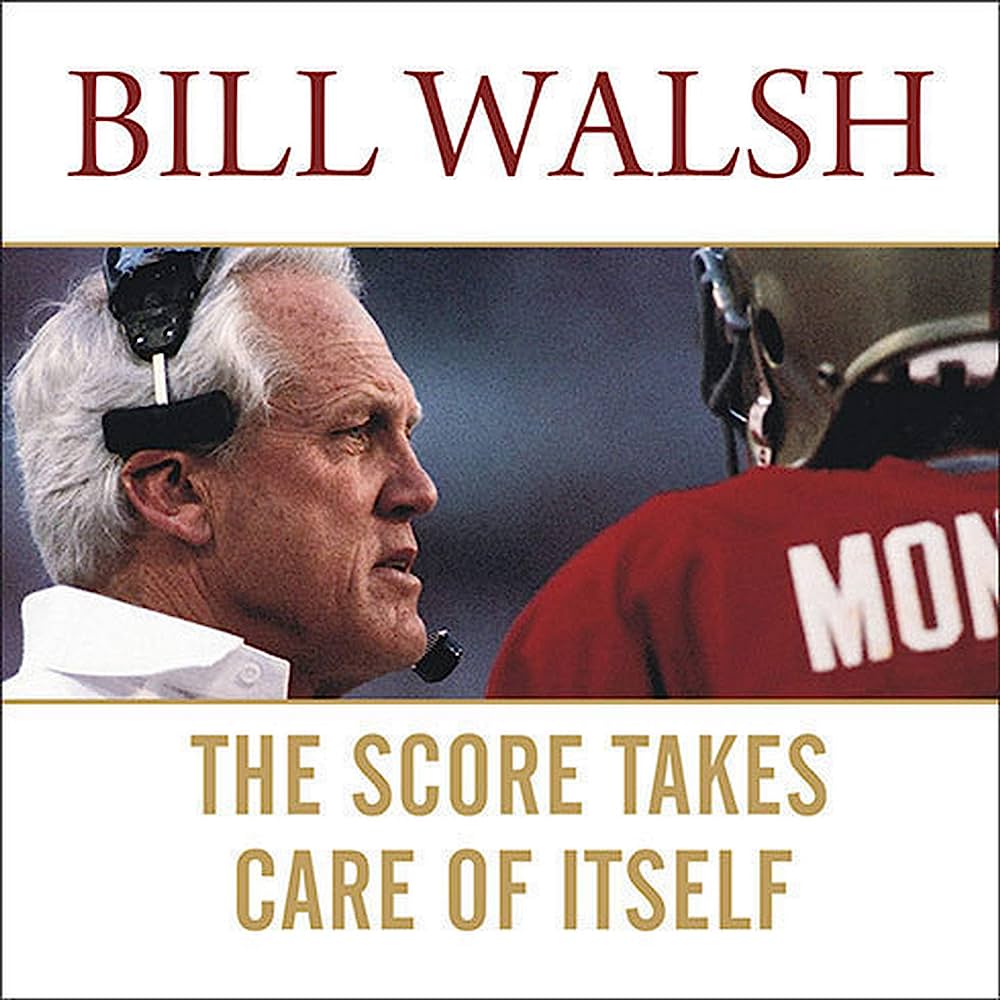The 2024 Formula 1 calendar is insane:
• 24 races
• 21 countries
• 5 continents
• 180+ hours of flights
Teams will travel 75,000 miles & transport 1,500 tons of equipment.
This makes it a logistical nightmare, so here's a breakdown of how Formula 1 pulls it off.
THREAD 👇
• 24 races
• 21 countries
• 5 continents
• 180+ hours of flights
Teams will travel 75,000 miles & transport 1,500 tons of equipment.
This makes it a logistical nightmare, so here's a breakdown of how Formula 1 pulls it off.
THREAD 👇
1) The simplest way to explain Formula 1 logistics is by breaking the calendar into two parts:
• European Races
• Flyaway Races
Let's start with European Races.
• European Races
• Flyaway Races
Let's start with European Races.
2) European races are self-explanatory — these are races that take place in Europe.
Examples:
• Monaco
• Monza
• Zandvoort
• Silverstone
• Spa
These races are easier and cheaper logistically because everything is transported by trucks rather than planes and boats.
Examples:
• Monaco
• Monza
• Zandvoort
• Silverstone
• Spa
These races are easier and cheaper logistically because everything is transported by trucks rather than planes and boats.

3) Teams arrive about a week before the circuit opens to ticket holders.
Transportation crews then unload 27 trucks over 5 days to ensure the paddock is finished by Wednesday.
And since trucking is so much cheaper than planes, teams bring entire buildings with them.
Transportation crews then unload 27 trucks over 5 days to ensure the paddock is finished by Wednesday.
And since trucking is so much cheaper than planes, teams bring entire buildings with them.
4) Red Bull's motorhome, for example, is three stories tall and 13,000 square feet.
• Offices
• Outdoor deck
• Private chef
• Espresso bar
It takes 25 crew members 36 hours to assemble, but just one day to take it down.
And they even put it on a barge and tow it to Monaco.
• Offices
• Outdoor deck
• Private chef
• Espresso bar
It takes 25 crew members 36 hours to assemble, but just one day to take it down.
And they even put it on a barge and tow it to Monaco.
5) But the harder part of the European schedule comes with back-to-back races.
These races take place on two consecutive weekends, and transportation crews are given just 3 days to break down, travel & rebuild their base.
Let's use the Hungarian GP & Belgian GP as an example.
These races take place on two consecutive weekends, and transportation crews are given just 3 days to break down, travel & rebuild their base.
Let's use the Hungarian GP & Belgian GP as an example.
6) Crews will work through the night after the Hungarian GP and have everything packed by 6 am the next morning.
That's when each team's truck drivers head out.
There are usually 2-3 drivers in each truck, and they take shifts driving so they only have to stop for gas.
That's when each team's truck drivers head out.
There are usually 2-3 drivers in each truck, and they take shifts driving so they only have to stop for gas.

7) The remaining 50+ crew members will meet them at the track and immediately start unloading.
They'll only have 2 days & work 15+ hour shifts to ensure everything is set up on Wednesday.
And this doesn't just happen once a year — there were 7 back-to-back races in 2023 alone.
They'll only have 2 days & work 15+ hour shifts to ensure everything is set up on Wednesday.
And this doesn't just happen once a year — there were 7 back-to-back races in 2023 alone.

8) But flyaway races (or races outside of Europe) are an entirely different logistical beast.
Examples:
• Bahrain
• Saudi Arabia
• Australia
• Miami
• Mexico
• Canada
• Brazil
Planning starts months before the F1 season even starts, and teams utilize a leapfrog approach.
Examples:
• Bahrain
• Saudi Arabia
• Australia
• Miami
• Mexico
• Canada
• Brazil
Planning starts months before the F1 season even starts, and teams utilize a leapfrog approach.
9) Teams pack 4-5 kits of shipping containers at the beginning of each season.
A kit includes three 40-ft shipping containers & it's packed with jacks, trolleys, chairs, tables, etc.
These kits travel by boat in a leapfrog pattern from each flyaway race destination to the next.
A kit includes three 40-ft shipping containers & it's packed with jacks, trolleys, chairs, tables, etc.
These kits travel by boat in a leapfrog pattern from each flyaway race destination to the next.
10) Here’s how the 2023 season looked:
The first kits were shipped to Bahrain, Australia, Azerbaijan & Miami.
• Bahrain was used in Saudi, Singapore & Brazil
• Australia went to Japan
• Azerbaijan headed to Qatar & Abu Dhabi
• Miami handled Canada, Austin, Mexico & Vegas
The first kits were shipped to Bahrain, Australia, Azerbaijan & Miami.
• Bahrain was used in Saudi, Singapore & Brazil
• Australia went to Japan
• Azerbaijan headed to Qatar & Abu Dhabi
• Miami handled Canada, Austin, Mexico & Vegas

11) This 5-kit leapfrog approach gives teams more time & saves them money by shipping with boats instead of airplanes.
But the most challenging part of the F1 season is undoubtedly back-to-back flyaway races.
Let's use Las Vegas & Qatar as an example from this year’s calendar.
But the most challenging part of the F1 season is undoubtedly back-to-back flyaway races.
Let's use Las Vegas & Qatar as an example from this year’s calendar.
12) The Las Vegas GP and Qatar GP are just one week apart.
Teams will need to travel 8,000 miles.
They'll be on a plane for nearly 20 hours and have to deal with an 11-hour time difference when they arrive.
Teams will need to travel 8,000 miles.
They'll be on a plane for nearly 20 hours and have to deal with an 11-hour time difference when they arrive.

13) This schedule is also difficult for drivers.
They typically experience jet lag for 3-5 days & try everything to adapt as quickly as possible, like limiting light exposure.
And for night races like Singapore, they'll even shift their entire schedule from 1 pm to 6 am.
They typically experience jet lag for 3-5 days & try everything to adapt as quickly as possible, like limiting light exposure.
And for night races like Singapore, they'll even shift their entire schedule from 1 pm to 6 am.

14) The Formula 1 season is a grind — mentally & physically.
Teams spend thousands of hours and millions of dollars on logistics, and the difference between winning and losing can come down to milliseconds.
But that's why F1 is one of the world's most popular sports.
Teams spend thousands of hours and millions of dollars on logistics, and the difference between winning and losing can come down to milliseconds.
But that's why F1 is one of the world's most popular sports.
15) If you enjoy learning about the business and money behind sports, follow me (@JoePompliano) for more content like this.
• • •
Missing some Tweet in this thread? You can try to
force a refresh





















